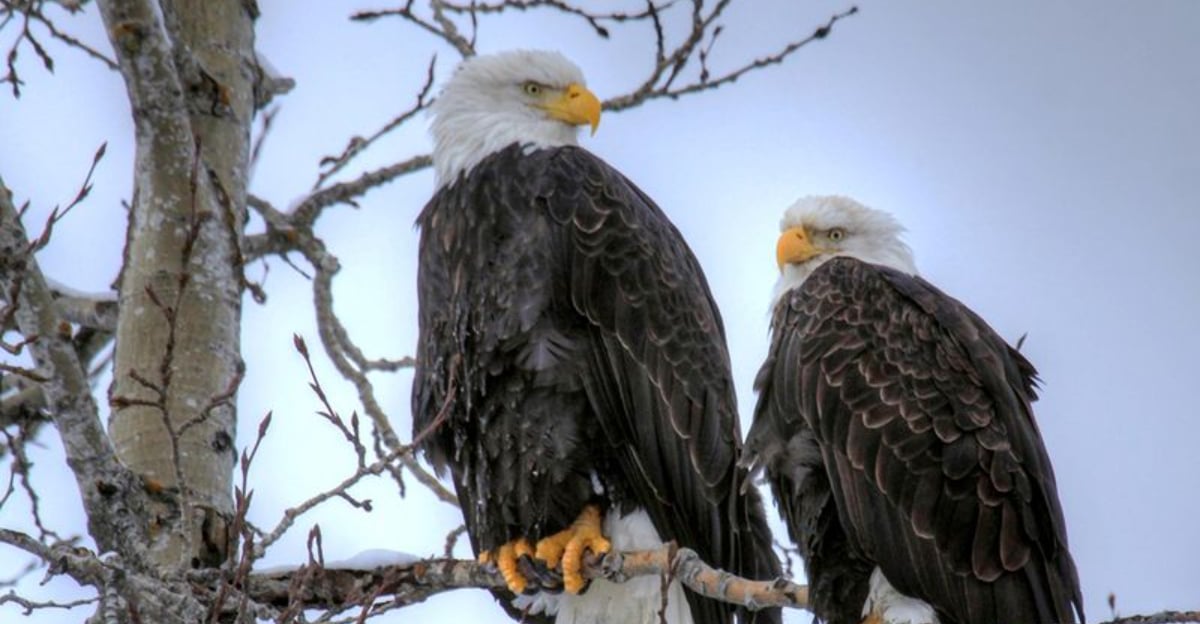California’s wild heart beats on the wings of eagles. From snowy mountaintops to hidden lakes, these magnificent raptors remind us that the sky still belongs to the wild.
Over the years, I’ve followed the whispers of wings and the thrill of spotting a bald or golden eagle gliding overhead.
Whether you’re an avid birder or just hoping to feel awe rise in your chest, these seven breathtaking spots across the Golden State offer unforgettable eagle encounters. Pack your binoculars—freedom is flying overhead.
1. Lake Tahoe’s Eagle Paradise
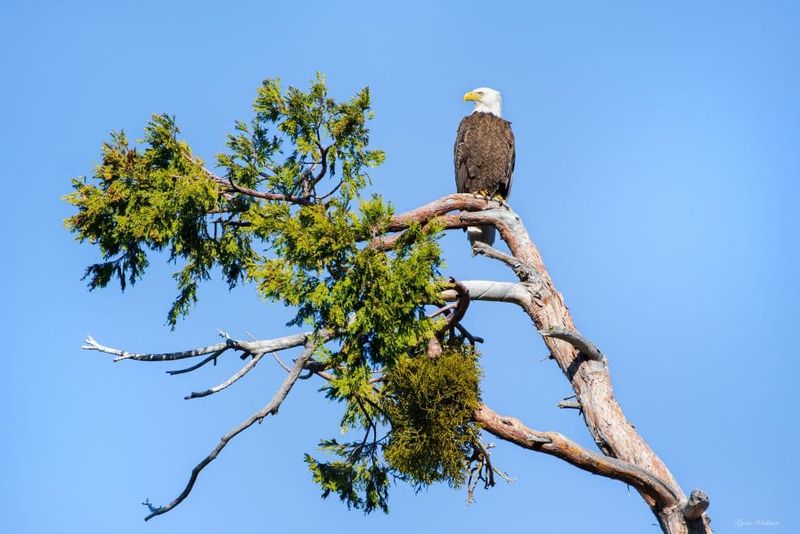
My first eagle encounter at Lake Tahoe left me speechless! The pristine blue waters create a perfect hunting ground for these majestic birds. Emerald Bay on the lake’s southwest shore offers prime viewing opportunities, especially during winter months when bald eagles migrate here.
Pack a thermos of hot chocolate (trust me, you’ll need it) and stake out a spot early morning. The eagles are most active at dawn, swooping down to snatch fish with remarkable precision. Their wingspan, reaching up to seven feet, casts impressive shadows across the glittering water.
Pro tip: The Fannette Island viewpoint provides an eagle’s-eye perspective of the bay. I once counted five different eagles during a single January morning—a personal record that still makes me giddy when I think about it!
2. Yosemite National Park’s Feathered Giants
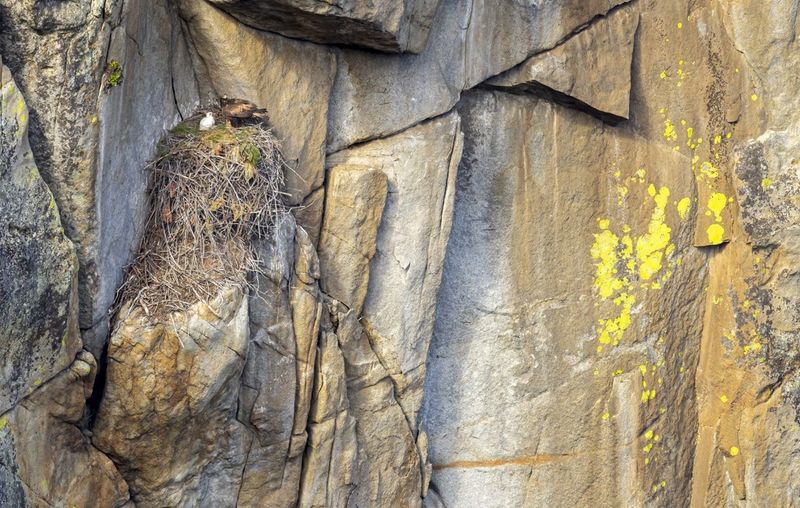
Whoever said you need to visit Alaska to see eagles clearly hasn’t been to Yosemite! This iconic national park harbors both golden and bald eagles year-round. The valley’s granite cliffs provide perfect nesting sites while the meadows offer excellent hunting grounds.
Golden eagles rule these mountains, their dark silhouettes striking against Yosemite’s dramatic landscapes. Visit Glacier Point or Sentinel Dome for spectacular viewing opportunities. Unlike their bald cousins, these golden beauties prefer hunting mammals over fish, so watch for them scanning the meadows for unsuspecting ground squirrels.
Last summer, I spotted a nesting pair near Wawona—watching them teach their fledglings to fly nearly brought tears to my eyes. For best results, visit during spring when eagle families are most active around their nests.
3. Klamath Basin National Wildlife Refuges’ Eagle Convention
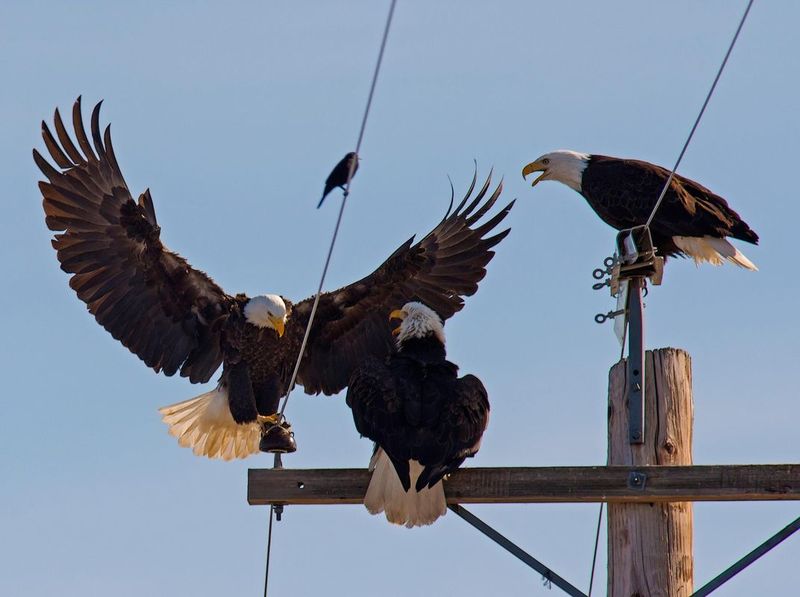
Holy feathers! If you want to see eagles by the dozens—yes, dozens—Klamath Basin is your wonderland. Straddling the California-Oregon border, this refuge hosts the largest winter concentration of bald eagles in the lower 48 states. January through March, hundreds gather here to feast on waterfowl. Bundle up tight (it gets brutally cold) and drive the auto tour route through Lower Klamath and Tule Lake refuges.
The spectacle of eagles perched on every available tree, telephone pole, and fence post is simply mind-blowing.
Their morning feeding frenzies create a cacophony of screeches and wing flaps that’ll stay with you forever. During my February visit, I counted 78 eagles in a single day! The Bear Valley overlook offers the most jaw-dropping panoramic views—bring a spotting scope if you have one.
4. Big Bear Lake’s Eagle Playground

Bald eagles and Big Bear Lake go together like peanut butter and jelly! Just a quick jaunt from Los Angeles, this mountain getaway becomes eagle central each winter. The lake freezes partially, creating perfect fishing conditions for these keen-eyed predators.
February marks the annual eagle count, when volunteers and rangers track the migrating population. Join them for a guided experience, or stake out your own spot along the north shore. Watching an eagle’s fishing technique—hovering, then diving with laser precision—will make you forget to breathe.
My favorite viewing spot? Windy Point, where I once witnessed an eagle couple performing their spectacular courtship ritual—locking talons mid-air and spinning downward in free-fall before separating just above the water. The Forest Service offers weekend eagle tours during winter—worth every penny for the expert guidance.
5. Lake Cachuma’s Secret Eagle Sanctuary
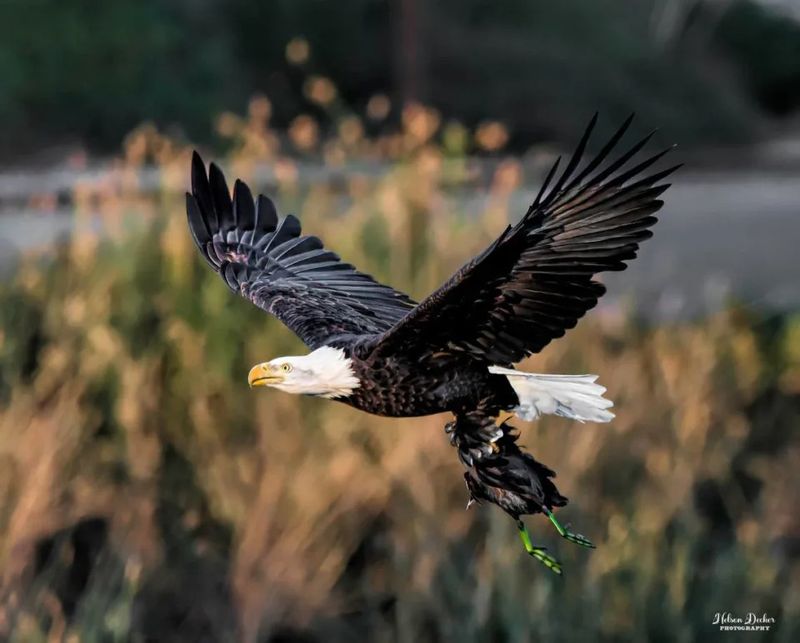
Santa Barbara County hides a little-known eagle haven that locals (like me) try to keep quiet about. Lake Cachuma, nestled in the Santa Ynez Valley, attracts a growing population of bald eagles that feast on the lake’s abundant fish.
The oak-studded hillsides provide perfect perching spots for these regal birds. Jump aboard the Eagle Cruise—a two-hour boat tour that gets you surprisingly close to these normally shy creatures. Captain your own kayak if you’re feeling adventurous, but maintain distance to avoid stressing the birds. Morning fog often creates a mystical atmosphere as eagles emerge from the mist.
The first time I spotted a juvenile bald eagle here (they lack the white head until age 4-5), it was practicing fishing dives repeatedly. Its determination reminded me why these birds represent such powerful symbolism in American culture. Visit between December and March for peak eagle activity.
6. Shasta-Trinity National Forest’s Eagle Kingdom
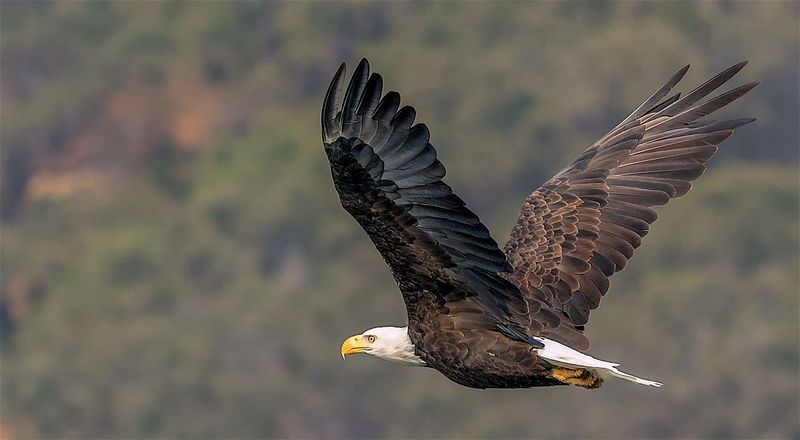
Talk about eagle heaven! Shasta-Trinity National Forest boasts one of California’s most thriving year-round eagle populations. The massive Shasta Lake, with its 365 miles of shoreline, creates an eagle playground unlike anywhere else in the state. Rent a pontoon boat and cruise the McCloud River arm of the lake for front-row seats to the eagle show.
These intelligent birds have learned that fishing boats mean easy meals—they’ll sometimes follow anglers, waiting for fish scraps! The contrast of white heads against emerald pines creates postcard-worthy scenes at every turn. During my last visit, a massive female bald eagle swooped so close to our boat that I could hear her wing beats!
The Antlers Bridge area near Lakehead offers excellent land-based viewing opportunities if boats aren’t your thing. Bald eagles here don’t migrate, so you can spot them year-round, though winter brings additional visitors.
7. San Joaquin River National Wildlife Refuge’s Eagle Revival

Conservation success stories warm my heart, and the San Joaquin River National Wildlife Refuge tells a beautiful one! After decades of decline, bald eagles have returned to the Central Valley in growing numbers. This riparian corridor provides crucial habitat for these comeback kids.
The Pelican Nature Trail offers excellent viewing opportunities without demanding difficult hiking. Bring your longest camera lens—eagles here tend to maintain their distance from humans. Look for them perched in tall cottonwoods or circling high above the restored floodplain forests.
Last winter, I watched in awe as an eagle snatched a massive carp from the water, then struggled to gain altitude with its heavy prize. The bird’s determination perfectly symbolized the species’ recovery from near-extinction. For a special treat, visit at sunset when eagles return to their roosting trees, creating silhouettes against the famous Central Valley pink-orange sky.
